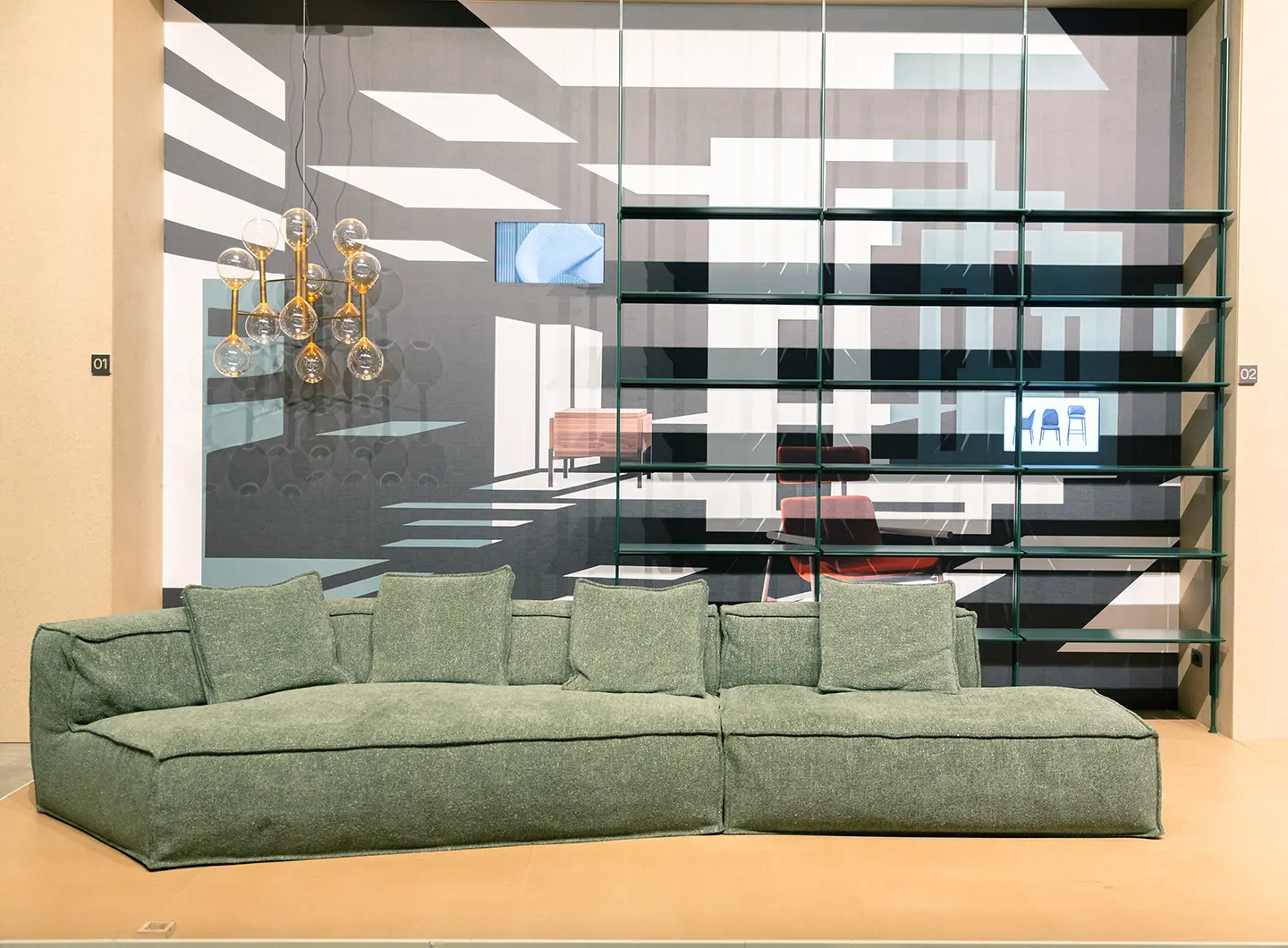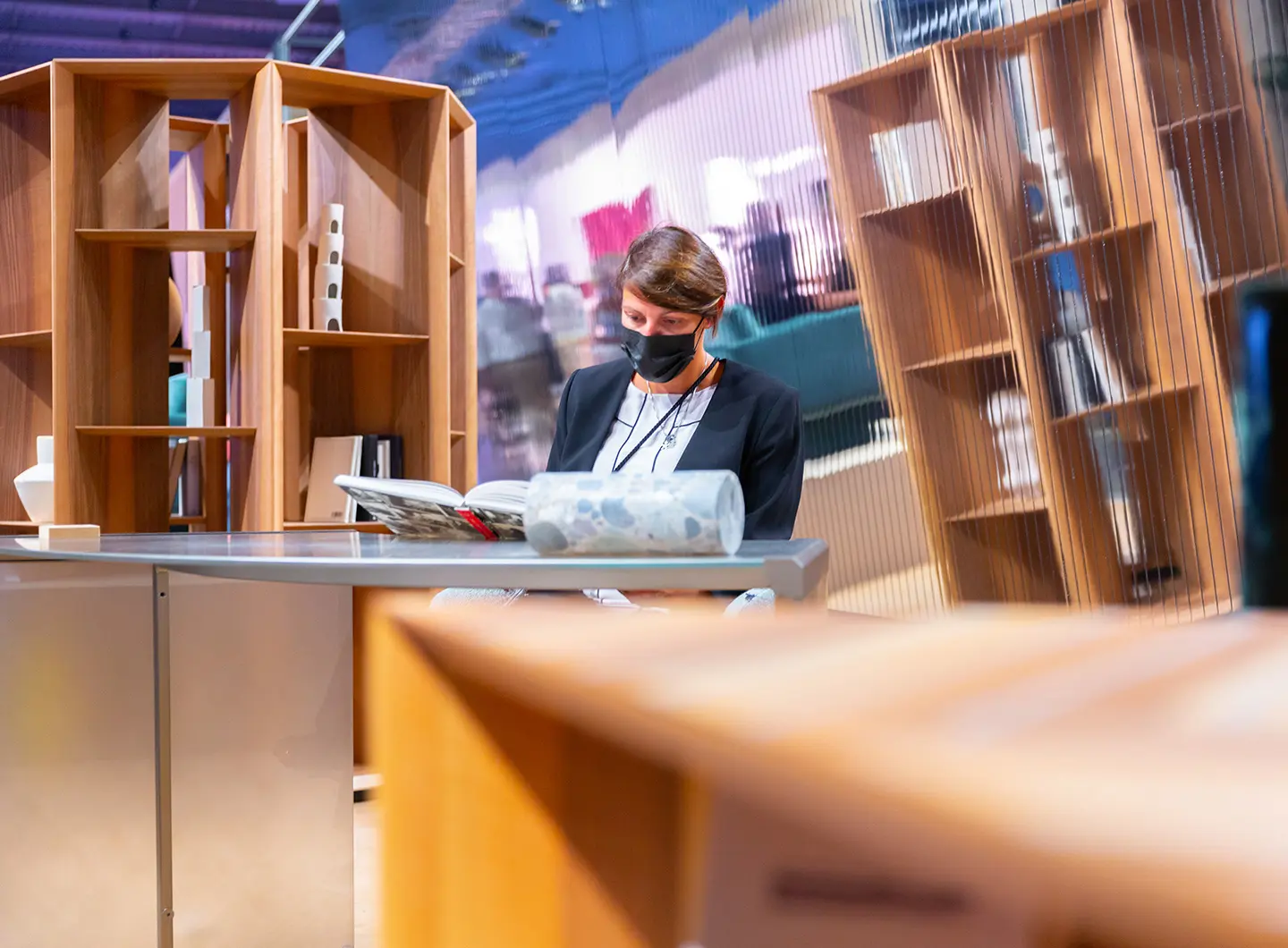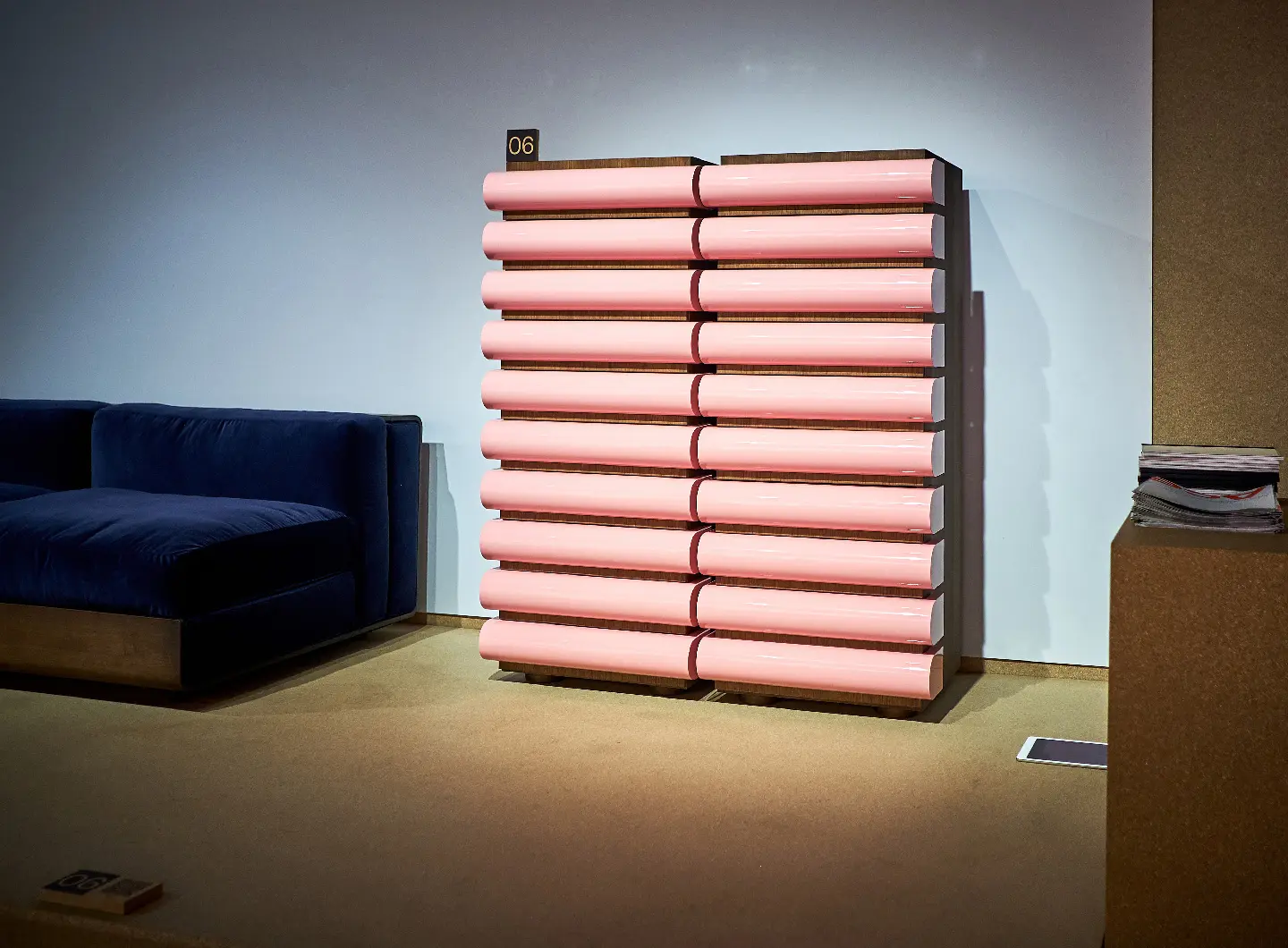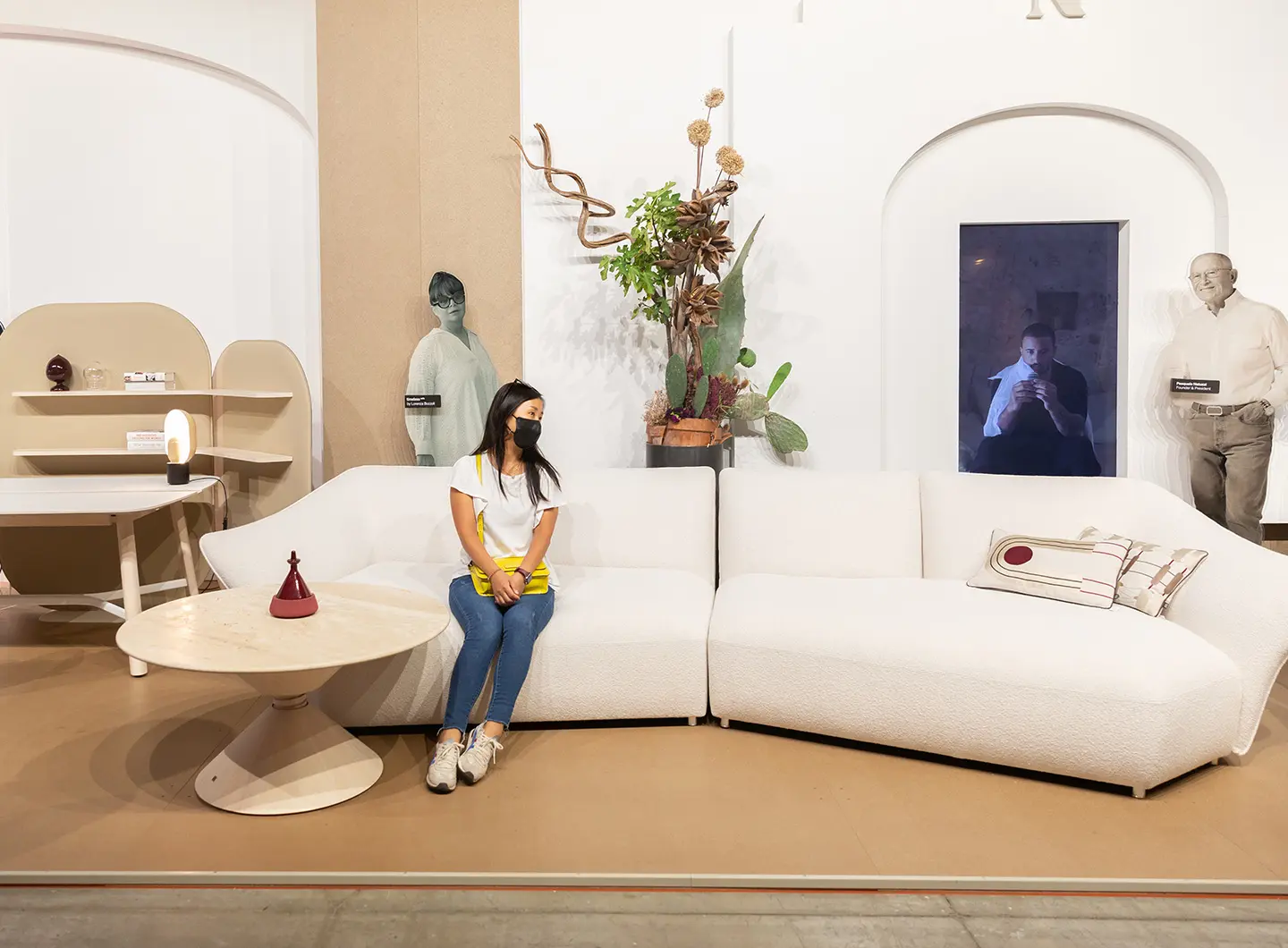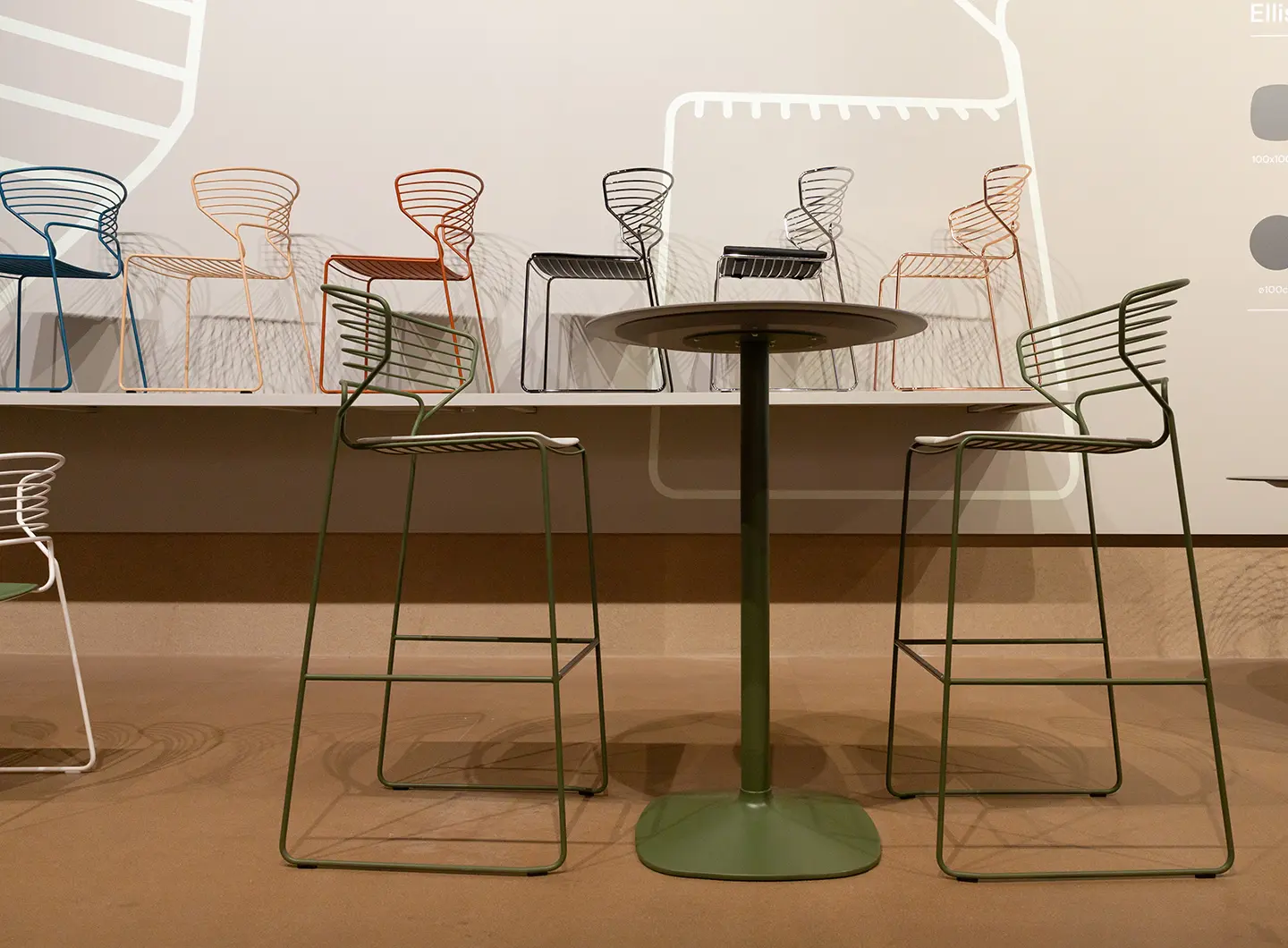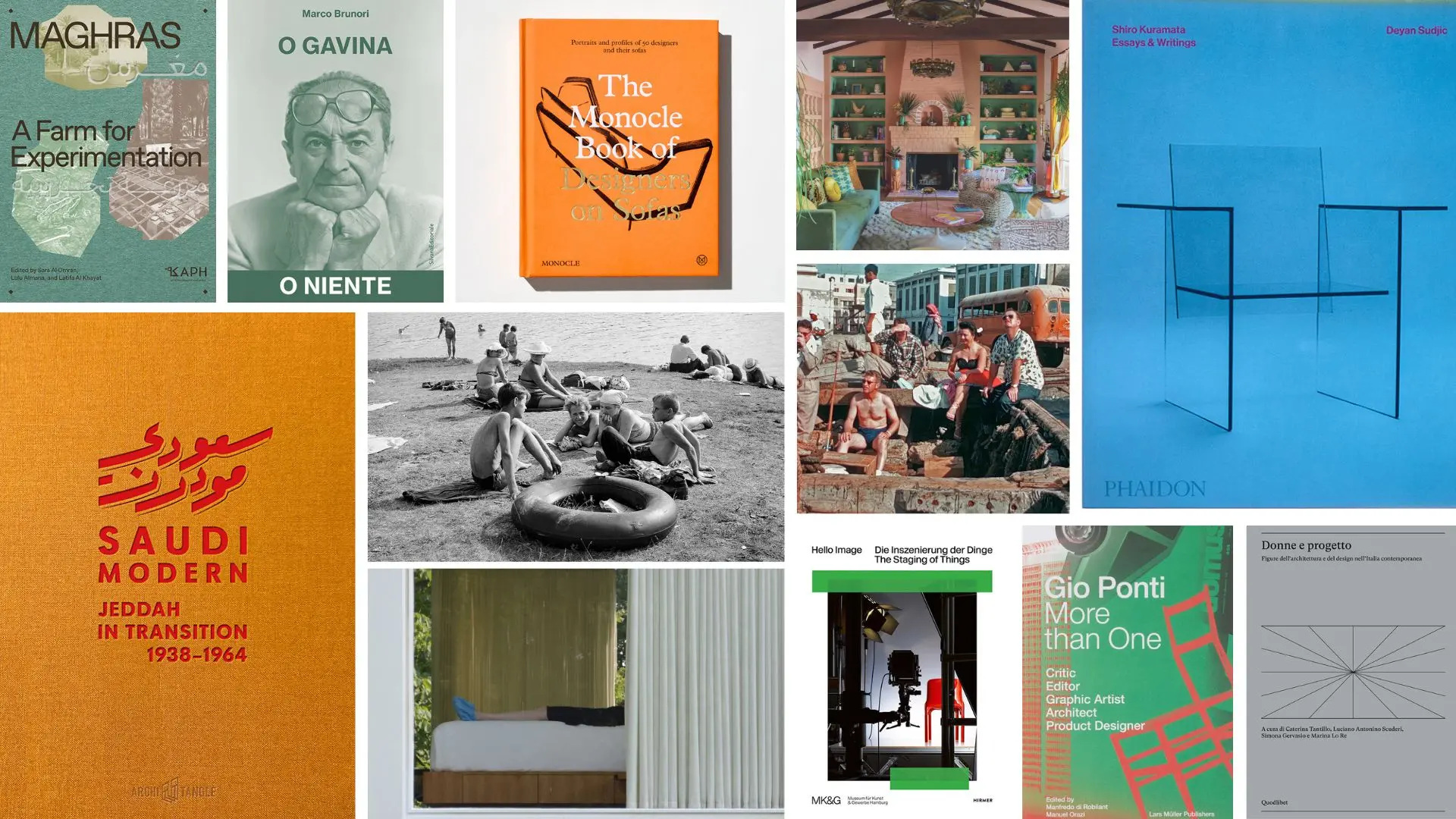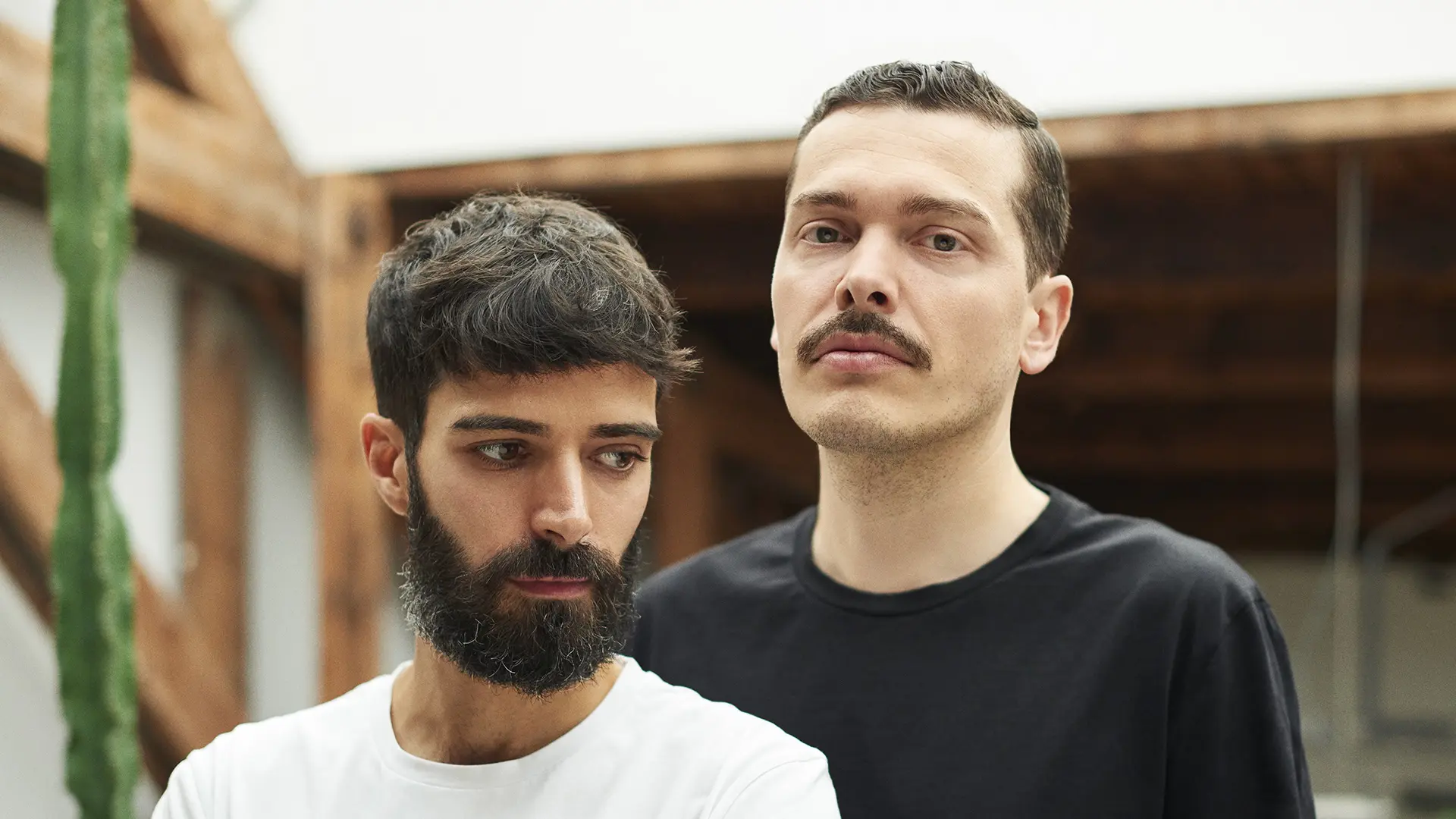A journey through women’s interior design, three iconic monographs and the links between design, photography and marketing, up to the transformation of Jeddah, social innovation and a reportage by Branzi and... 50 designers on the sofa
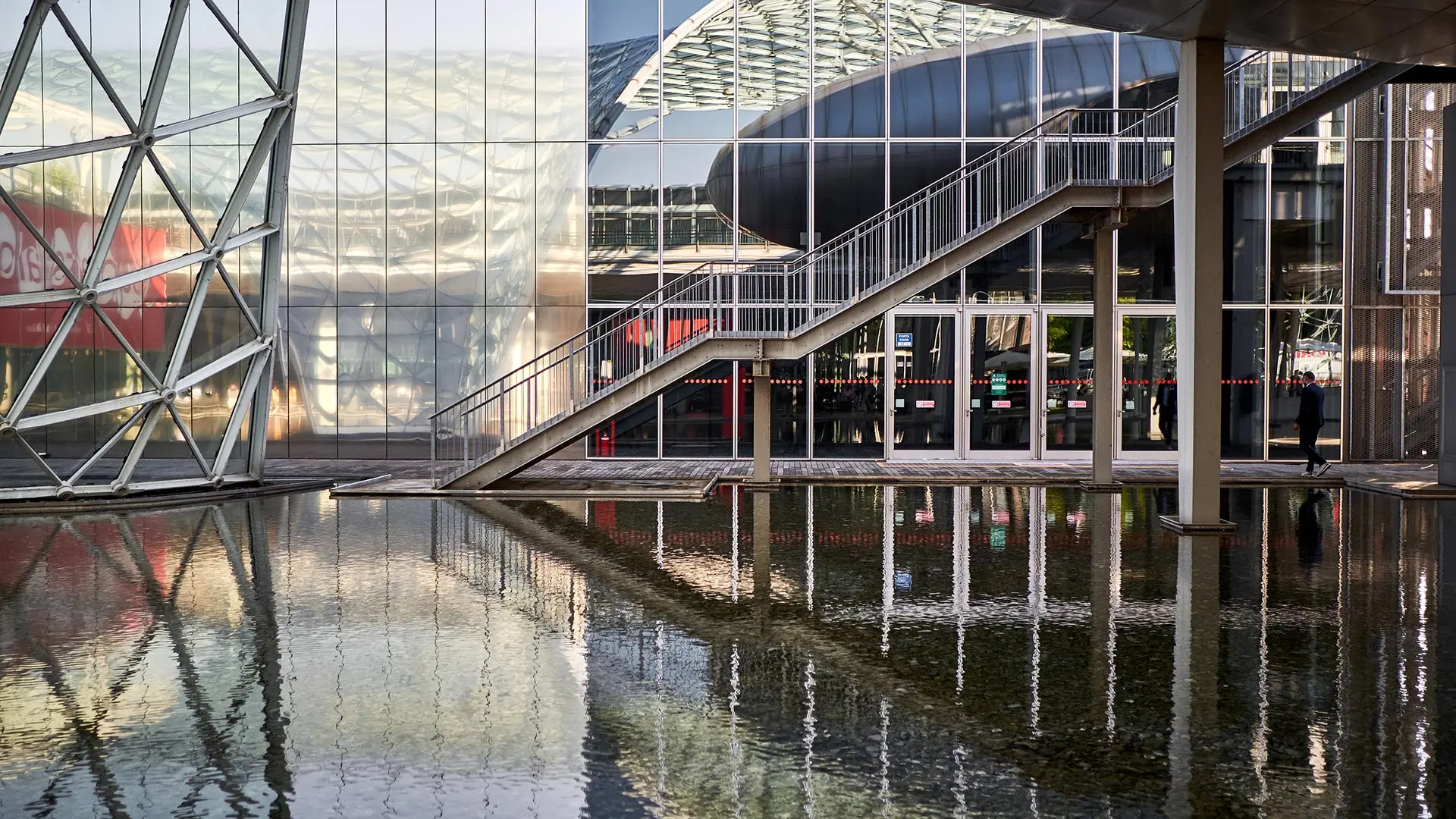
Ph. credits Daniele Mari
Circles and squares, spheres and cylinders, complex objects that draw on equally complicated mathematical models … design and geometry have always gone hand in hand and they continue to be an incredibly rock-solid combination.
As well as being one of the basic subjects in school syllabuses and a crucial tool for designers, geometry has been a common thread throughout design history. Take, for example, the Bauhaus research into essential geometrical shapes, Le Corbusier’s Modulor, based on the golden ratio, or Munari’s Cubo ashtray, a Platonic solid in which essentiality is the hallmark. Lines, flat and solid figures still continue to fascinate designers to quite an extent, and one comes across numerous examples of products designed according to precise mathematical proportions or inspired by pure shapes such as squares, triangles and circles while wandering among the “supersalone” stands.
Moroso (Pav 04, Stand A 02) is exhibiting Secret Cubic Shelves, a project by Olafur Eliasson, spawned by the multifaceted (it has to be said) Danish artist’s lengthy research into geometry, the Green Light - An artistic workshop installation in particular, presented at the 2017 Venice Biennale. At the time, Eliasson had set up and run a sort of collective fablab that produced a series of luminous sculptures that drew on a module created by the mathematician Einar Thorsteinn, based on the golden triangle. The negative rhomboid shape delineated by these modules forms the core of the design for the Secret Cubic Shelves bookcase, made of recycled and recyclable iron and with a series of measures designed to minimise environmental impact.
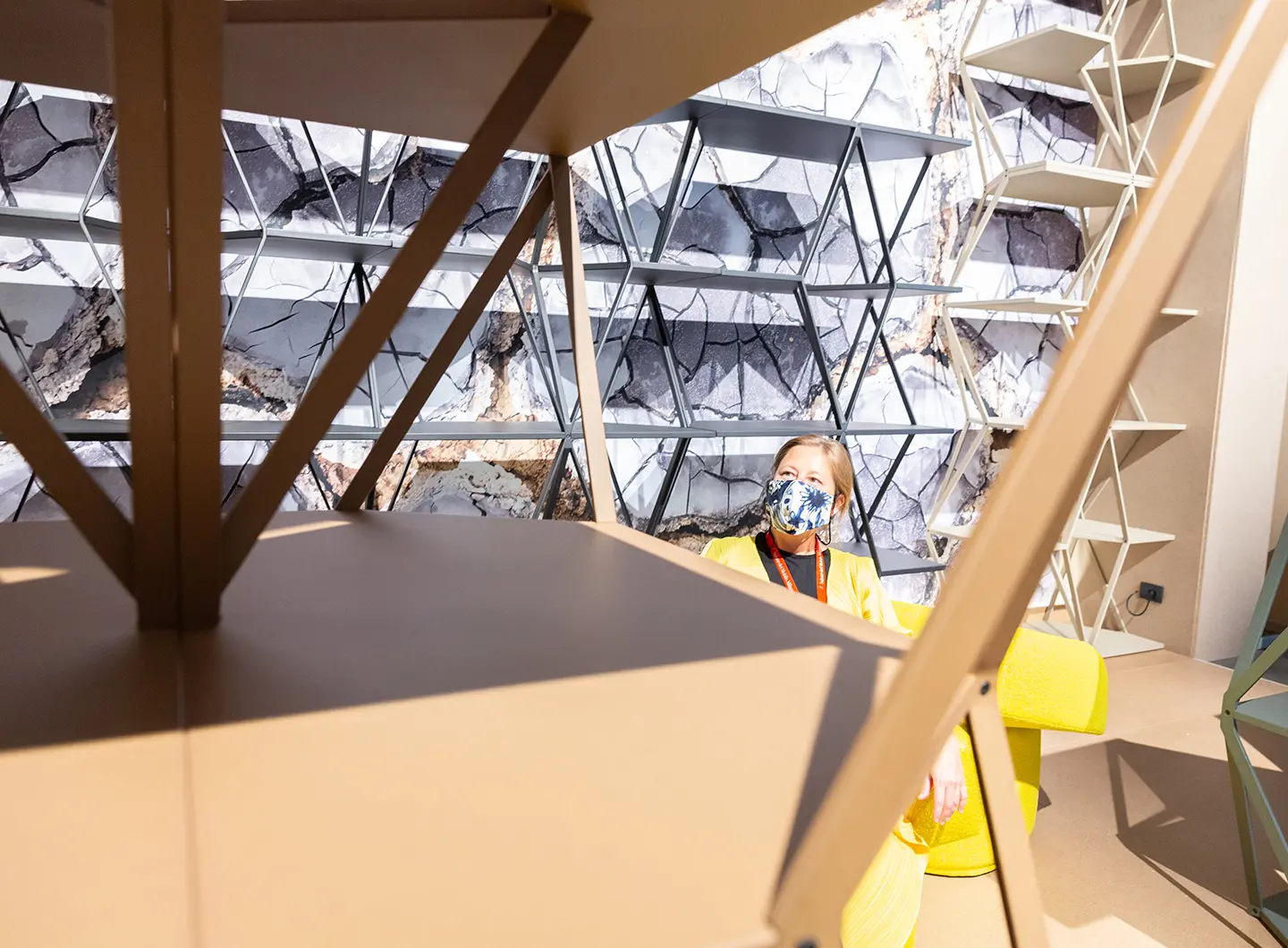
Moroso, Courtesy Salone del Mobile.Milano. Ph credit Diego Ravier
The Sangaku table designed by Elena Salmistraro for Driade (Pav 04, Stand J 02) was inspired by the Japanese traditional “sangaku” – geometrical problems carved into wooden tablets that usually illustrate problems involving circles and ellipses inscribed inside each other. The starting point is therefore an imaginary circumference with a 50-centimetre radius, in which the Milanese designer has inscribed four circular glass tops decorated with digital printing and painted steel, all interconnected by invisible yet perceptible geometrical ratios.
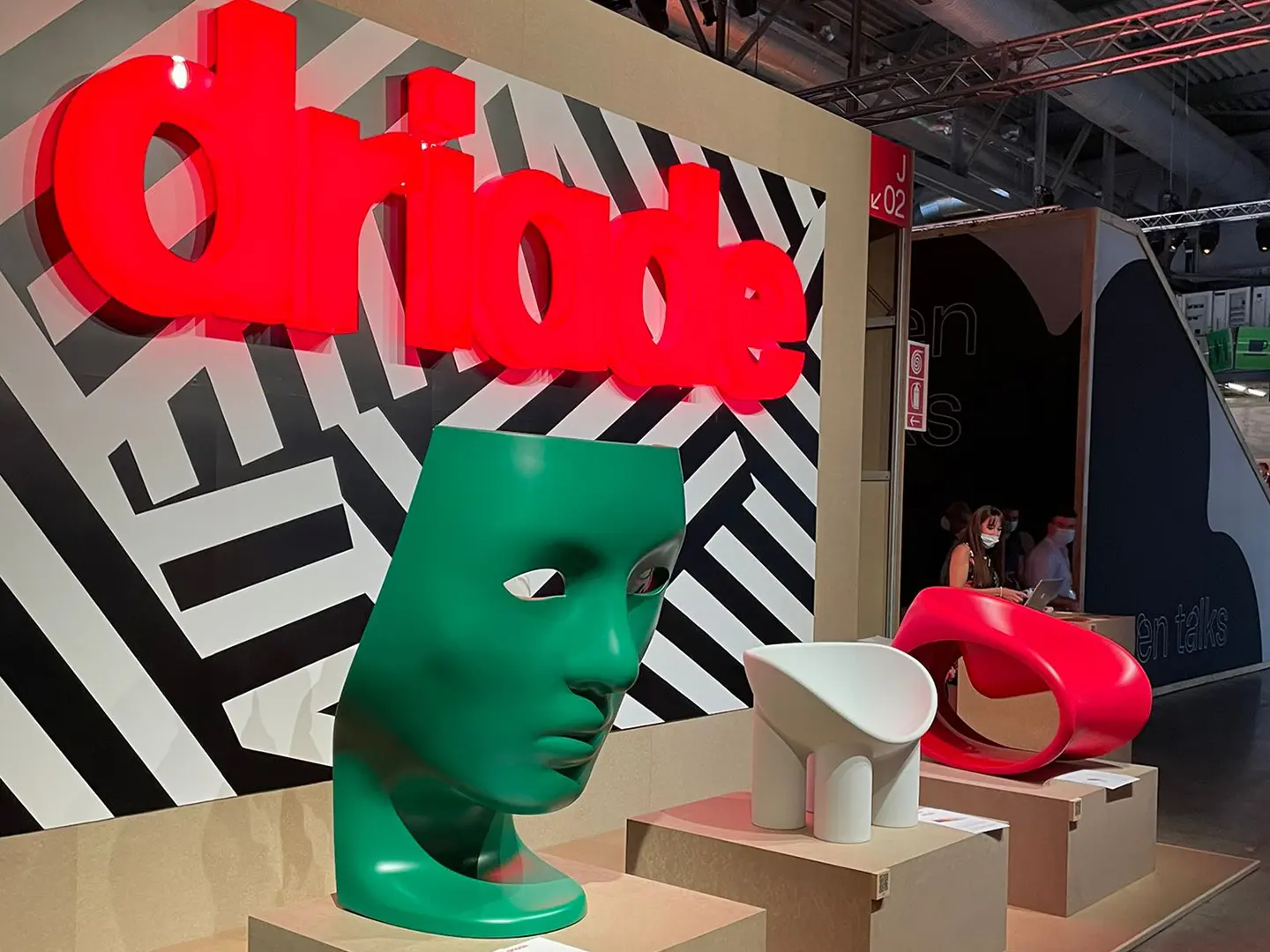
Driade. Ph credit Francesco Mainardi
The stand of the Bosnian brand Zanat (Pav 04, Stand J 07) is showcasing the first result of its collaboration with Michele De Lucchi sparked by a common interest in wood and artisan processes. Dom is a circular plate/sculpture with hand-carved inlays and is the first object produced by the company that serves no utilitarian purpose.
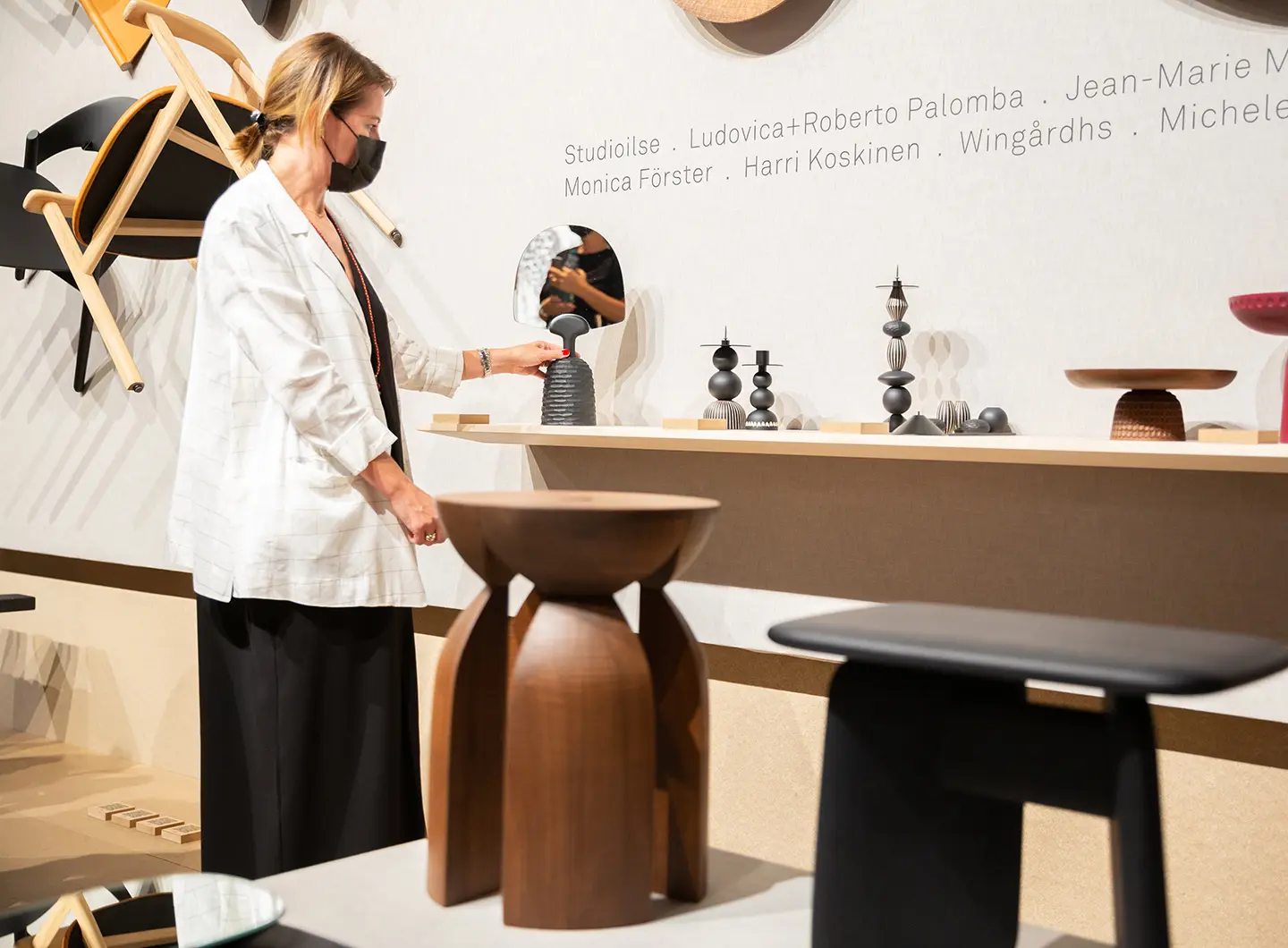
Zanat, Courtesy Salone del Mobile.Milano. Ph credit Diego Ravier
The small, burnished metal and solid ash Quartetto glass-topped tables designed Ilenia Viscardi for Flou (Pav 02, Stand SD 23) also reference the circle, however the complete figure can only be obtained by putting together all four identical quarter-circle components, just one of the potential configurations.
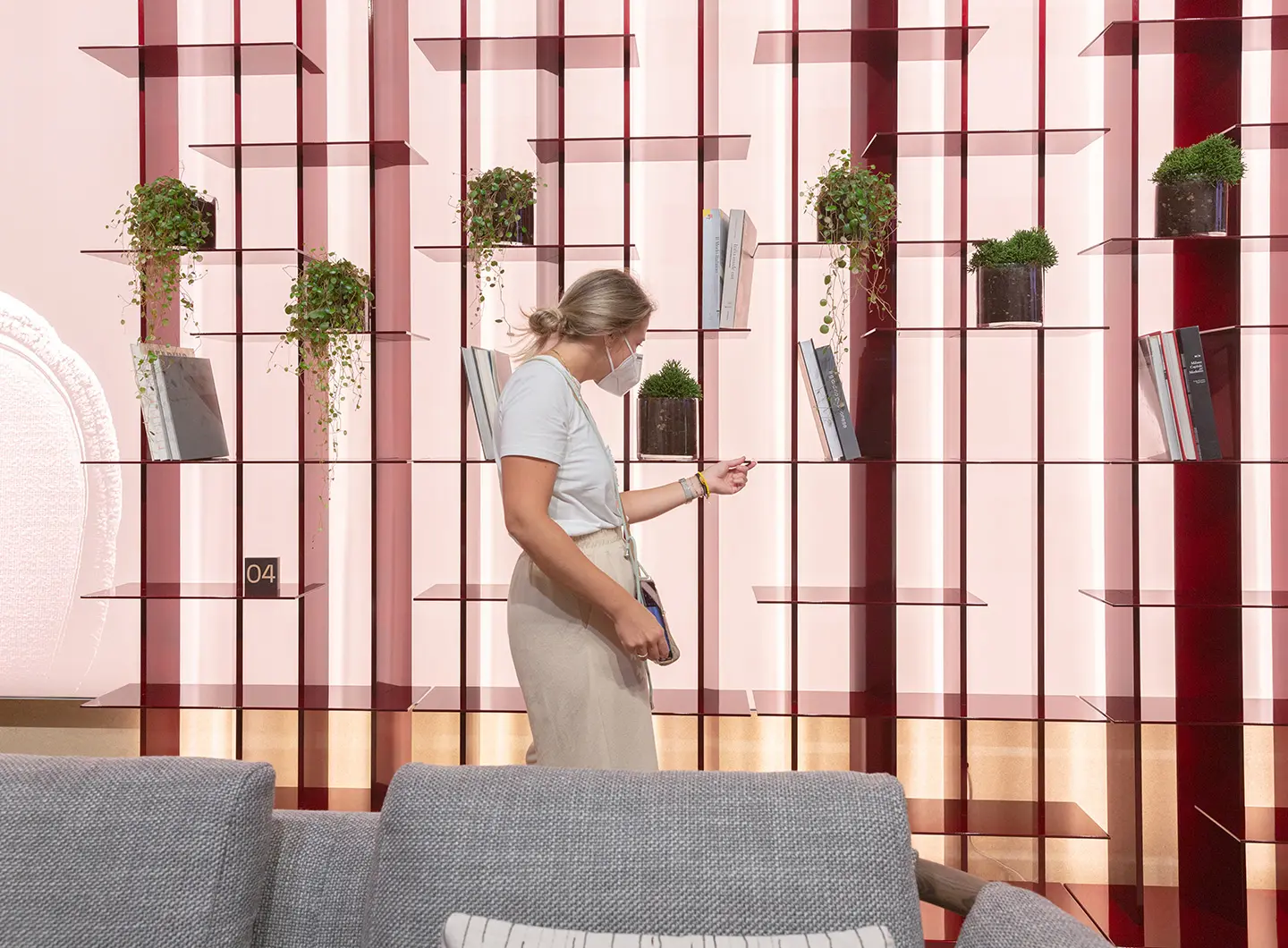
Flou, Courtesy Salone del Mobile.Milano. Ph credit Diego Ravier
The products Bonaldo (Pav 02, Stand I 23) has brought to the fair, all in deep shades of green, include Circus table by Fabrice Berrux, presented in a special “all green” custom-made version for “supersalone.” It was inspired by space and the stars, while the round top, sitting on the large sphere that makes up the base, seems to defy the laws of physics.


 Exhibitions
Exhibitions
